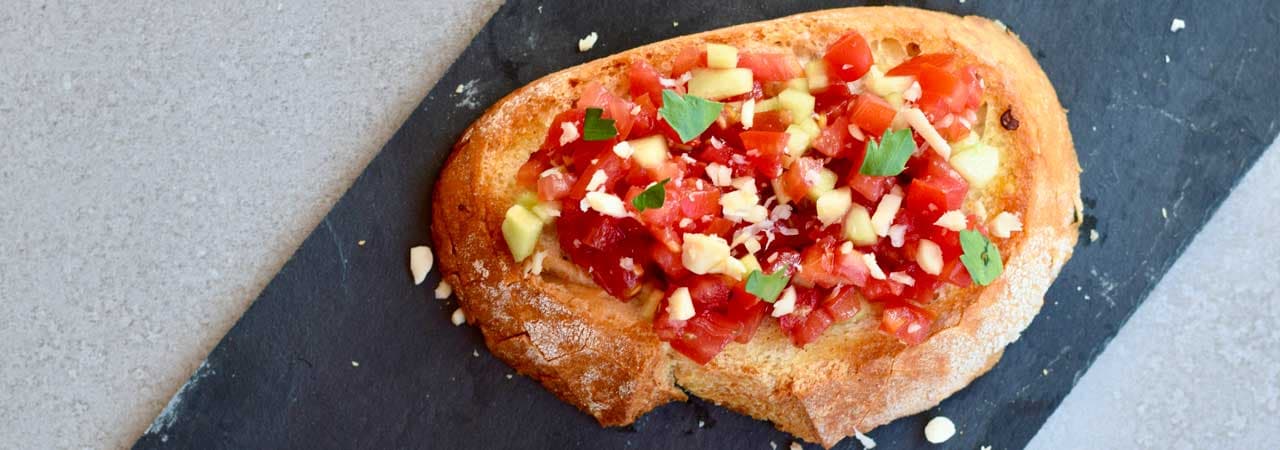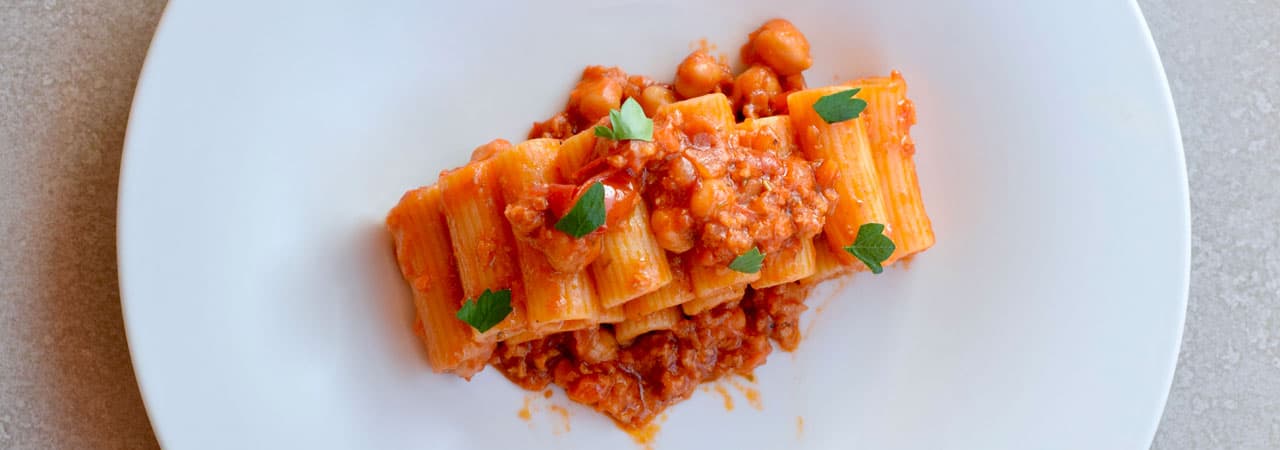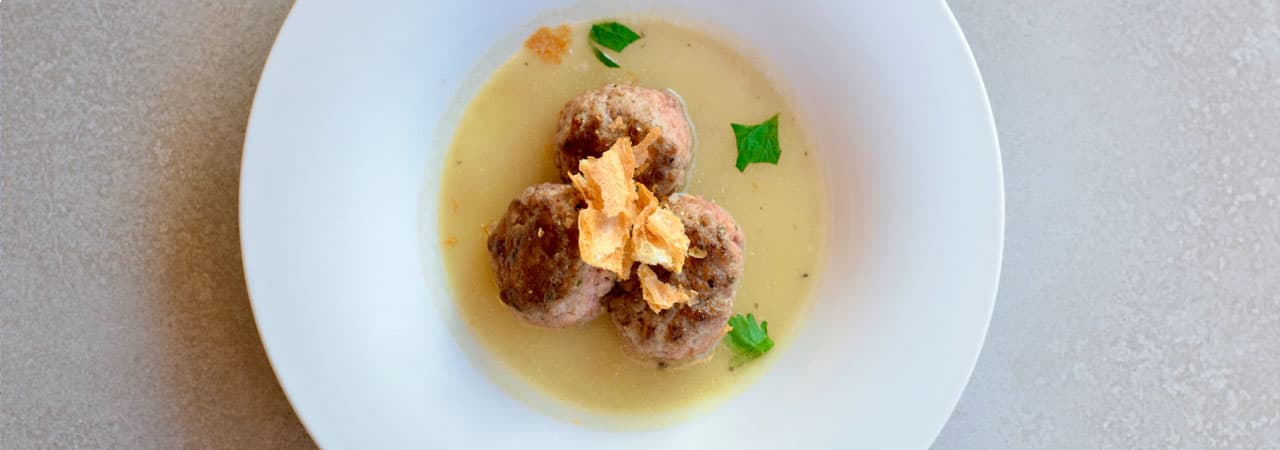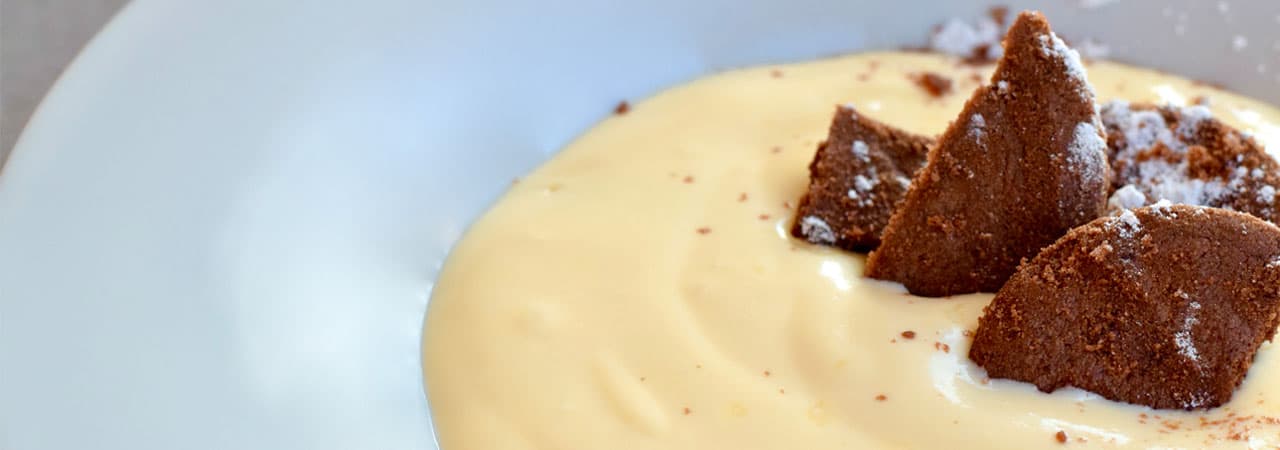may 2022
VIRNA BORGOGNO
From Barolo town to your door, Virna Borgogno is one of the very first winery we ever visited. It may have been 2012 or 2013, we had just met and we were about to start our Sommelier course. Virna welcomed us in her little tasting room a few steps away from the castle. I clearly remember her joy in seeing our passion in its inception and in sharing her wines with us. Virna is a descendant of the Borgogno family, one of the most famous wine families in the country, dating back to 1761, a full century before the kingdom of Italy became officially a country in 1861. The “original” Borgogno (now owned by Oscar Farinetti, Eataly’s founder) naturally spread into several wine families through the years and Virna Borgogno is certainly the wildest and the most fun. Virna is first woman in Italy to complete a degree in oenology and oenological techniques and her sister Ivana completes the team taking care of marketing and the administrative side of the business. They boasts an incredible collection of very classic vineyards in the Barolo area (thanks to those 250+ years of history) which they farm following the Green Experience principles: a set of rules devised by a group of Langhe winemakers in order to respect biodiversity. Winemaking is traditional: long maceration, submerged cap fermentation for very elegant, old-school wines.
Our selection and when you should pop that cork (our modest opinion):
- Langhe Nebbiolo 2019: Drink now – 2025
- Barolo 2017: Drink now – 2028
- Barolo Riserva 2016: don’t be crazy I know it’s tempting but hold! 2023-2026
QUAZZOLO
If you thought the Langhe was all about medieval villages and farmers, well you are mostly right, but when it comes to the winemaking scene, there’s always a lot more to discover, which is why you are in this very unique Wine Club. Danilo Quazzolo is the “pirate from Barbaresco”, a young winemaker based quite literally on the Ovello cru. The winery is on top of the vineyards with a breathtaking view on the valley and Danilo’s personality is clearly reflected in his project. Harley Davidson parked outside, the letters DOCG tattooed on his knuckles, artwork painted all over the cellar: not the classic Langhe scenery. I remember the first topic of our chat being the crypto and NFT market, followed by rock’n’roll bands and live music shows: Danilo is the perfect representation of the new “cool” and “hip” generation of winemakers in Piemonte. The Quazzolo family has farmed the land for a few generations and Danilo’s dad was the first one to start making wine instead of selling the grapes. Danilo took the winery to the next level, modernising the winemaking and creating the Quazzolo brand. You’ll find the wines very precise, round and straightforward. The label is Danilo’s art: the idea that came to him while scribbling on the phone and has become the signature of many of his art projects.
Our selection and when you should pop that cork (our modest opinion):
- Barbaresco 2017:: Drink now – 2028
- Barbaresco Cole 2017: Drink 2024 – 2030
- Barbaresco Ovello 2017 Drink 2024 – 2030
CASCINA SAN MICHELE
Cascina San Michele is a gorgeous property in Costigliole d’Asti, at 30 minutes from Alba, in the middle of the wild Monferrato area. We are in Barbera land, these are warm, white soils that produce some of the finest and most age-worthy Barbera you will ever taste. To stress it’s historical importance, Costigliole is also home of the Consorzio della Barbera d’Asti, the beating heart behind the Unesco World Heritage site in Monferrato. Marco Minnucci is a young producer who left Lago Maggiore to become Roberto Voerzio’s apprentice, one of the famous Barolo Boys. His style could not be further away from Roberto’s and that already tells a lot about Marco’s character: he moved from La Morra to Costigliole to create something truly unique and authentic. Marco’s vineyards are strictly farmed without any herbicides, fertilisers or any other “chemical intervention that might alter the natural cycle of the plant”. Wines are fermented with only spontaneous yeasts and are not filtered. Natural, in the best way possible. The production is very limited, Cascina San Michele’s wines are imported in only a few countries, we were the first ones to import them in the US, so enjoy!
Our selection and when you should pop that cork (our modest opinion):
- Collarosa 2020: a super cool Bonarda rosé you should be drinking as you read this
- Boca 2018: this Barbera was flunked “bocciata” by the Consorzio because Marco did not follow all the rules to officially call it a Barbera. He decided to make sure everyone knew by putting it on the label. It’s a big wine, drink now or age it 20+ years, it will surprise you.
- Monferrato Rosso 2018: yes you can make Nebbiolo in the Monferrato area, and it’s a completely different wine: very spicy and with great freshness. Drink now – 2030
FRANCESCA CASTALDI
Our 2021 Fall shipment featured Mauro Franchino from Gattinara, in the north Piemonte area. This region has gained a lot of popularity in recent years: the Nebbiolo grape is historically grown here and the very diverse soil types create a multitude of Nebbiolo-based wines that take the names from the town they are from. This is all in a 15 miles wide region so you can image the complexity of it: Francesca Castaldi winery is only 15 minutes away from Gattinara, in a village called Fara, where the nebbiolo grape is grown to make Fara wine. The neighbouring towns of Boca, Sizzano and Ghemme make their own nebbiolo wine with their respective names. On top of that, this is a very old wine area: Francesca Castaldi winery boasts 3 centuries of winemaking, with the first generation starting in the 1700s. The family owns 6.5 hectares of vineyards, with the main variety being Nebbiolo, which in this sedimentary soil, created by the melting glaciers at the Alps’s footsteps, gets a very distinct finesse. Alto Piemonte wines are graceful, light and ethereal. Along with Nebbiolo, in Castaldi’s vineyards are planted also Vespolina, Uva Rara and white indigenous grapes which are local varieties (some of them genetically unknown) that define these hills’ tradition. Marco is Francesca’s son and represents the younger generation of the Castaldi family. He travels often but he’s all about the vineyards and the cellar, go visit him for a very authentic experience.
Our selection and when you should pop that cork (our modest opinion):
- Fara 2016: Drink now – 2028
- Nebbiolo Pianazze 2021: Drink now – 2024
- Vespolina 2020: Drink now – 2024 - Read more about Vespolina

Summer Bruschetta
What you need:
- - 2/3 slices of bread (about 1 inch thick)
- - 1,5 oz of unsalted butter
- - 1 cucumber
- - 1 large tomato
- - 1 green onion
- - 1 red pepper
- - 2 oz of toasted almonds
- - 1 spoon of oregano
- - 1 clove of garlic
- - Salt
- - Pepper
- - Extra virgin olive oil
- - One Large pan
- - One mixing bowl
How it is done:
In a large pan melt the butter with a pressed clove of garlic. When hot, sear the slices of bread on the two sides until both sides of the slices are golden and crispy. Remove it and dry the excess of butter from the surface using some paper towels, then let the bread sit. Wash and dry properly all the vegetables, then cut the tomato into small cubes and add it into a mixing bowl. Peel the cucumber, remove the internal seeds, then cut the remaining into cubes and add it into the bowl, cut the green part of the onion, and the pepper in cubes. Add everything into the mixing bowl. Season it with two tablespoon of Extra Virgin Olive Oil (Rock’n’rOil would be great!), salt and pepper as you please and the oregano. Mix everything together, carefully. Let the whole sit for a couple of minutes then separate the solid part from the liquid with a strainer. Keep the two separate. Cut the toasted almonds in thin slices and then compose the bruschetta: on the slice of bread put the solid part of the vegetables, the almonds and a spoonful of the liquid you separated. In this way you can control easily the amount of liquid in order not to soak the bread excessively.
How to serve:
In a large serving plate put the bruschette and place at a the center of the table to let everyone enjoy it. You can complete the dish with some fresh leaves of oregano.

Vegetable Ragù
What you need:
- - 1 large carrot
- - 1 celery stalk
- - 1 green shallot
- - 6 oz of boiled potatoes
- - 6 oz of boiled chickpeas
- - 4 oz of fresh tomatoes
- - 1 glass of white wine
- - 10 oz of tomato purée
- - 4 oz of vegetable broth
- - 1 clove of fresh basil
- - Extra Virgin Olive Oil
- - Salt
- - Pepper
- - One wide and deep pot
- - One lid
How it is done:
Clean the celery, the shallot and the carrot, cut first in slices and then in cubes of around 1/4 of an inch per sides. Cut the potatoes in cubes around the same size, and the tomatoes in large chunks. In a wide pot heat three tablespoon of olive oil, when hot throw in the diced carrot celery and onion, cook for around a minute. Then add the potato cubes, mix the whole and let it cook for another minute until a golden crust is formed on the potatoes, stir continuously and if necessary reduce the heat in order not to burn the vegetables.
At this point throw in the chickpeas and the tomato chunks, add salt and pepper and let it cook until the tomatoes start to dissolve themselves. Pour in the wine and let the alcohol evaporate. Reduce the heat and add the tomato purée, the vegetable broth and the whole leaves of basil. Adjust with salt and pepper. Cover the pot with a lid, let it cook it at a minimum heat for at least 1 and a half hour. As with all the ragù the longer it cooks the better, stir it from time to time and keep the lid on. The ragù is done when it turns into a thick dressing-like sauce.
How to serve:
You can use this sauce to season every kind of pasta, better if not stuffed due to the rich nature of this sauce. You can even have it as a dipping sauce like a chili con carne.

Grissini polpette in hazelnuts broth
What you need:
- - 7 oz of grissini (Italian breadsticks)
- - 14 oz of grounded beef ( 90% lean)
- - 10 oz of Alba hazelnuts
- - 8 oz of whole milk
- - 1 carrot
- - 1 celery stalk
- - 1 green onion
- - Salt
- - Pepper
- - Ice
- - One large pot
- - One mixing bowl
- - One large pan
How it is done:
In a large mixing bowl put the whole grissini and the whole milk, let the grissini soak in milk until they are easy to smash with your fingers (around 10 minutes). Drain the excess of milk from the grissini, and add it to the ground beef, season with salt and pepper, mix everything together, and then form with your hands little balls of around 1,5 oz each. In a big pot, melt half of the butter, throw in the carrot, the celery stalk and the onion. Toast everything until the hazelnuts turn gold. Now lower the heat and throw in the ice to fill the pot. Let it cook until it reaches a boil, cover it and let it cook for at least half an hour.
At this point melt the butter in a large pan, place the meatballs on one side, cook it for 1 minute without turning, then flip it on the other side, let it cook for another minute again without turning. At this point you can keep cooking it for around 10 minutes. Now remove the solid part from the broth and strain the liquid.
How to serve:
Put the meatball at the center of a deep dish, pour in some steaming hot broth and complete the whole with some fresh dill leaves and some broken grissini on top of the meatballs.

Mascarpone mousse, coffe crumble
What you need:
- - 9 oz of fresh mascarpone cheese
- - 8 oz of whole cream
- - 2 egg yolk
- - 4 oz of sugar
- - 9 oz of sponge biscuits
- - 2 oz of freshly brewed espresso
- - 1 tablespoon of vanilla extract
- - 3 oz of unsalted butter
- - salt
- - Two large mixing bowl
- - One whip
- - One oven
- - One mixer
How it is done:
Put in a large bowl the whole mascarpone and two tablespoons of whole cream and the vanilla extract. Put the bowl in a bain-marie and let it cook slowly until the mascarpone becomes liquid. In a separate bowl put the egg yolks, 3 oz of sugar, a pinch of salt and whisk it properly. Add the eggs mixture to the liquid mascarpone, whisk it again on the bain-marie and cook it stirring continuously until it reaches 176°. If you don’t have a food thermometer the cream is done when it remains stuck on a metal spoon.
Let the eggs and mascarpone cool down completely, in the meantime whip the remaining cream till it is firm, then incorporate the egg and mascarpone mixture, mix it slowly until the whipped cream is completely blended. Let it sit in the fridge for at least half an hour.
In a mixer, put the biscuits, the remaining sugar, 1 pinch of salt, ground it to a raw powder, add the coffee and the melted butter, mix it again until it becomes a smooth paste, remove it and lay it evenly on an oven tray. Place the tray in the freezer for 2 minutes and in the oven, already heated at 400°, for other three minutes.
How to serve:
In a large deep plate put some chunks of coffe crumble at the center, cover it with the mascarpone mousse, using a sac à poche or a large spoon, even it by hitting lightly the bottom of the dish, then put some irregular big chunks of crumble on top. You can complete it if you like with some dark cocoa powder or with some powdered sugar.
